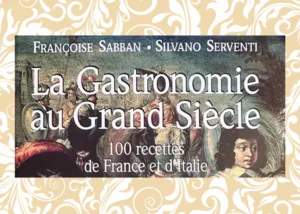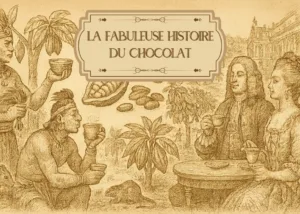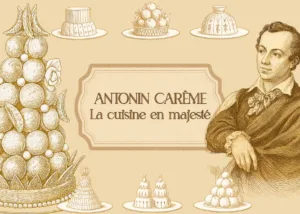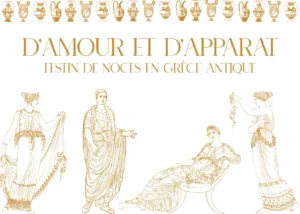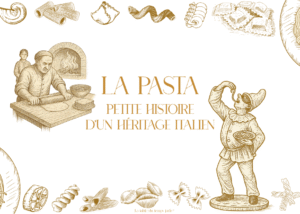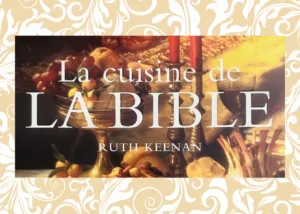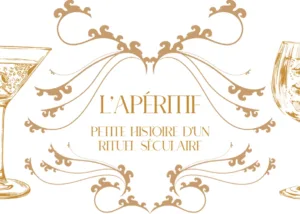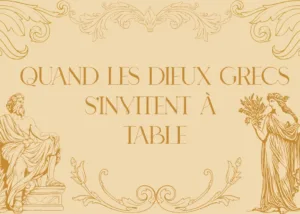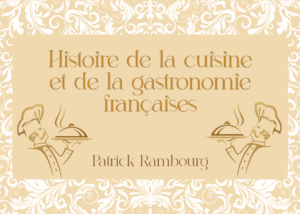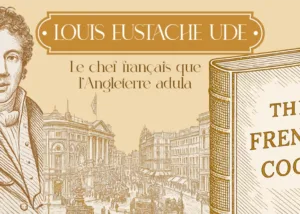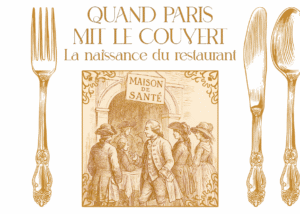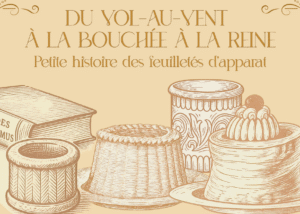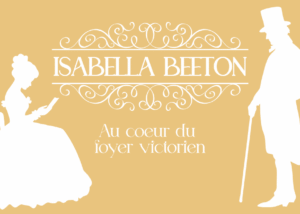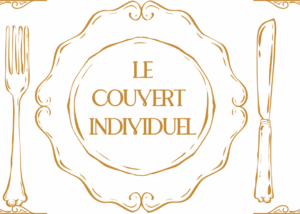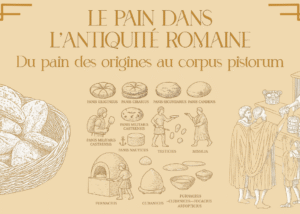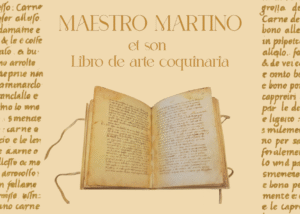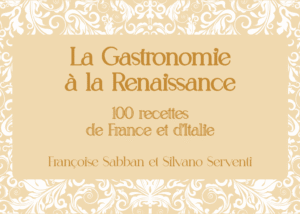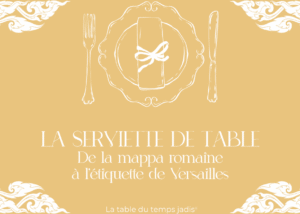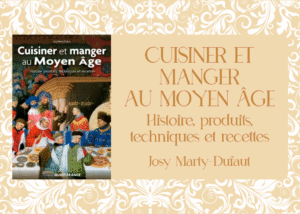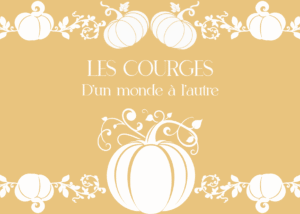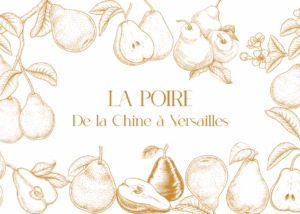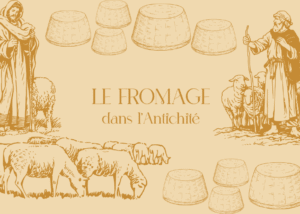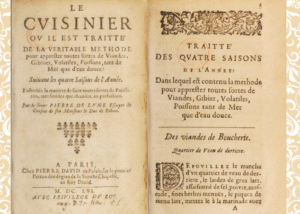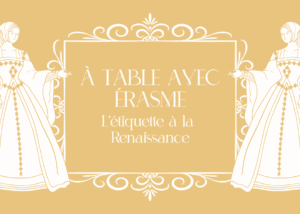History of French cuisine and gastronomy
A book by Patrick Rambourg

It was through his chronicles on the Historia that I discovered Patrick Rambourg . I was immediately seduced by his way of evoking cooking with respect , sensitivity and humor . So when I learned that he had written a book retracing the culinary history of France, I wanted to immerse myself. And it was a real reading of reading.

A sensitive and passionate look at French cuisine
What touched me immediately in this book is the foreword. Rambourg defends an idea that speaks to me deeply: cooking is an art in its own right . It engages the taste , memory , gesture , sharing . It is both technical and emotional, intellectual and sensory. She shapes our habits and tells who we are.
This tone, mixing rigor and emotion , crosses the whole work. It must be said that the author knows the kitchen from the inside: sons of restaurateurs, trained as a cook before becoming a historian, he knows what he is talking about. This journey gives its story a rare richness . You can feel the heat of the stove as much as the precision of the researcher.

A story of cooking ... and of those who make it live
The book opens at the end of the Middle Ages , with exciting chapters on medieval kitchens, their utensils , their fires , their professions . I loved the way in which he describes the maritons, the queux, the street vendors, but also the evolution of the table ways: the fork which will take time to impose itself, the arrival of the glass, the layout of the food according to the eras.
We then discover the Renaissance , its transformations of taste, the entrance to sugar and butter into the recipes, the appearance of the first speeches touting French cuisine as a brand of national pride. And then comes the classic era , where cooking becomes more readable, more structured, and above all admired throughout Europe.

From royal kitchens to the first restaurants
The second half of the book follows the ascent of French cuisine to the rank of model. We meet the great figures that inspire me a lot for my own research: La Varenne, Lent, Escoffier . We discover the appearance of the restaurant , space of freedom and sociability, where the cook no longer cooks for a master, but for an audience.
This part made me want to dig into future subjects for the time table formerly : the evolution of menus, the invention of guides, the birth of the gastronomic critic, or the regional kitchens which emerge in reaction to Parisian standardization.

Taste memory and culinary heritage
Patrick Rambourg does not forget that cooking is also an intimate affair. He evokes memories of family dishes, such as the hare stew prepared by his grandmother, or the blanquette which he watched to simmer with admiration. He also talks about these objects that carry a memory in them: a kouglof mold, a knife, a cast iron casserole.
But it is not only a question of nostalgia: it is also a reflection on transmission , the gestures that are repeated, the recipes that we note, the traditions which are transformed without ever getting lost . Cooking, he says, is an art applied to a daily basis, a specific craft, but also a way of being together.
With history of French cuisine and gastronomy , Patrick Rambourg signs a generous, accessible, exciting book . It is a work that I recommend to all those who, like me, are interested in the table, in history, in memory ... and in what connects us, from one century to the other, by taste .

Find other blog articles
Find other blog articles



